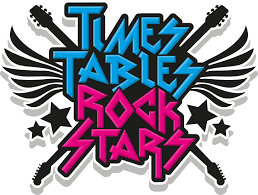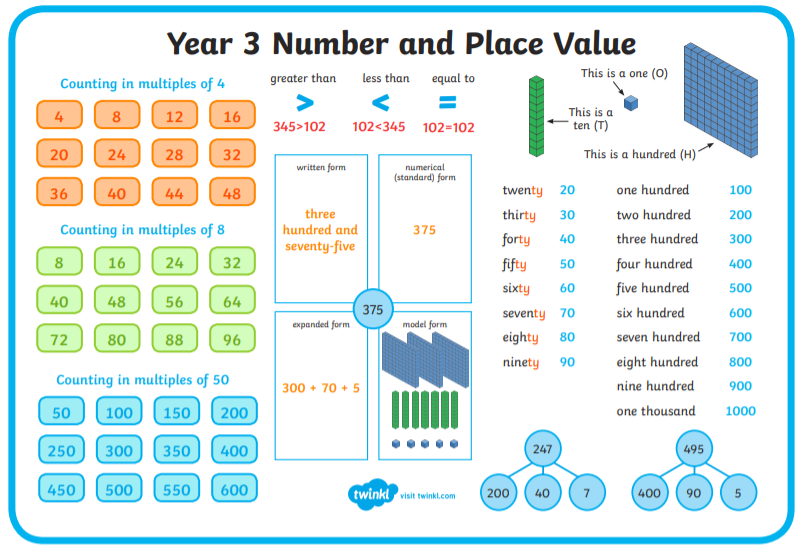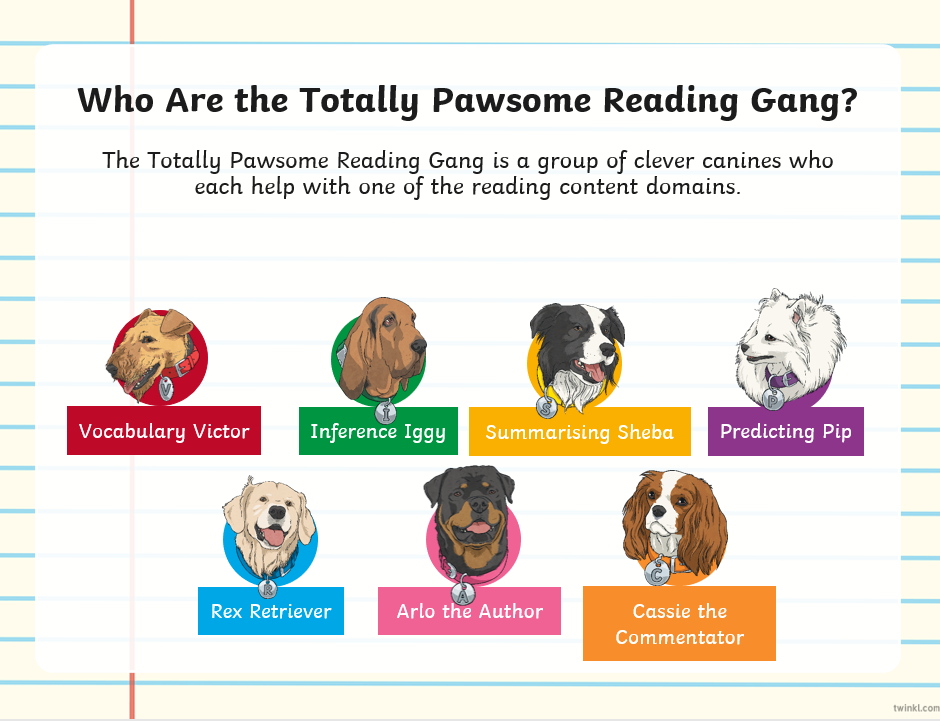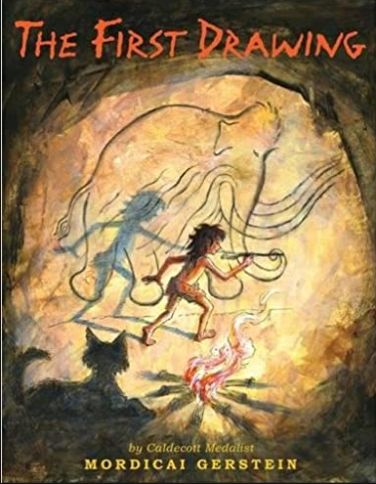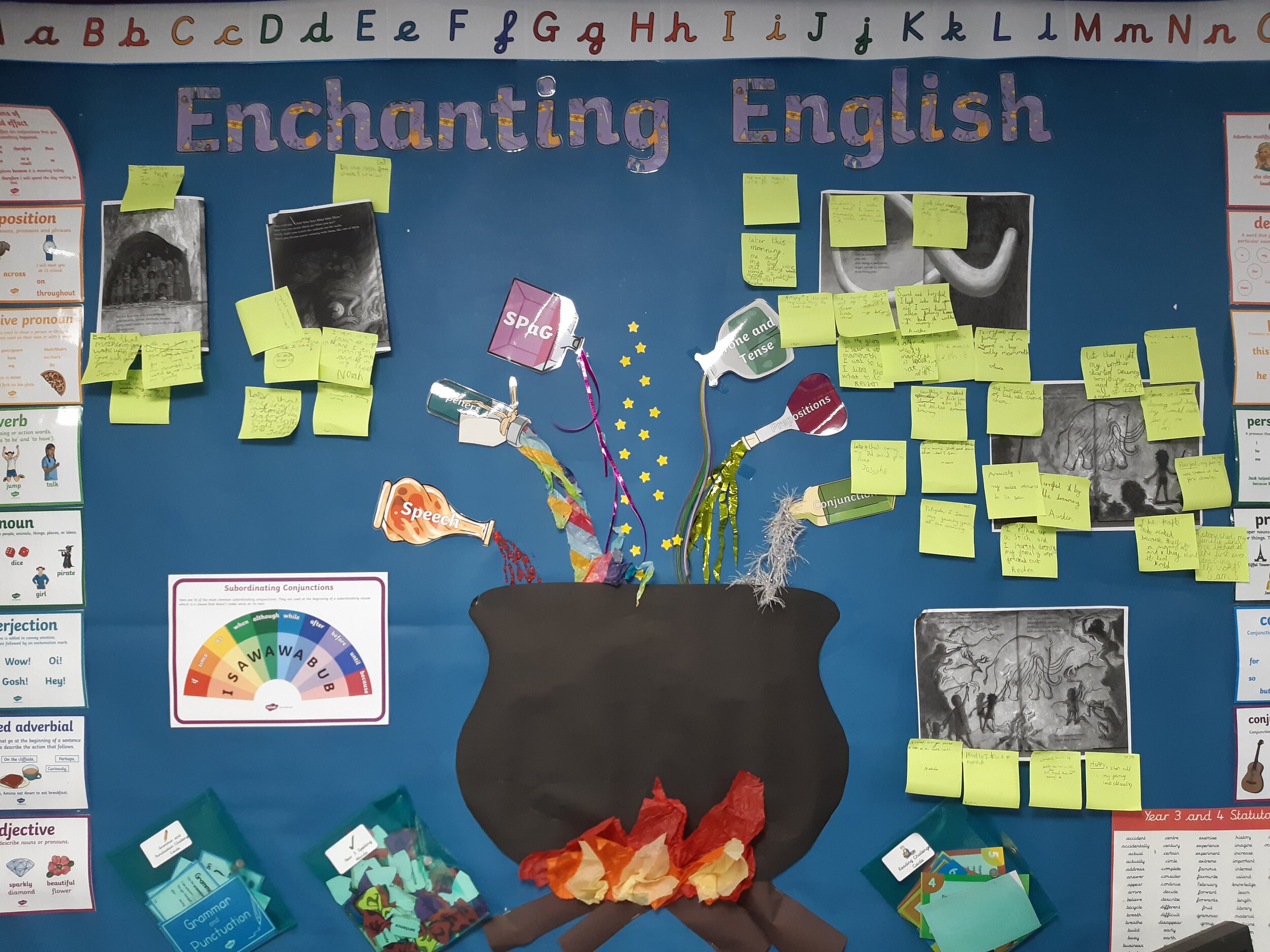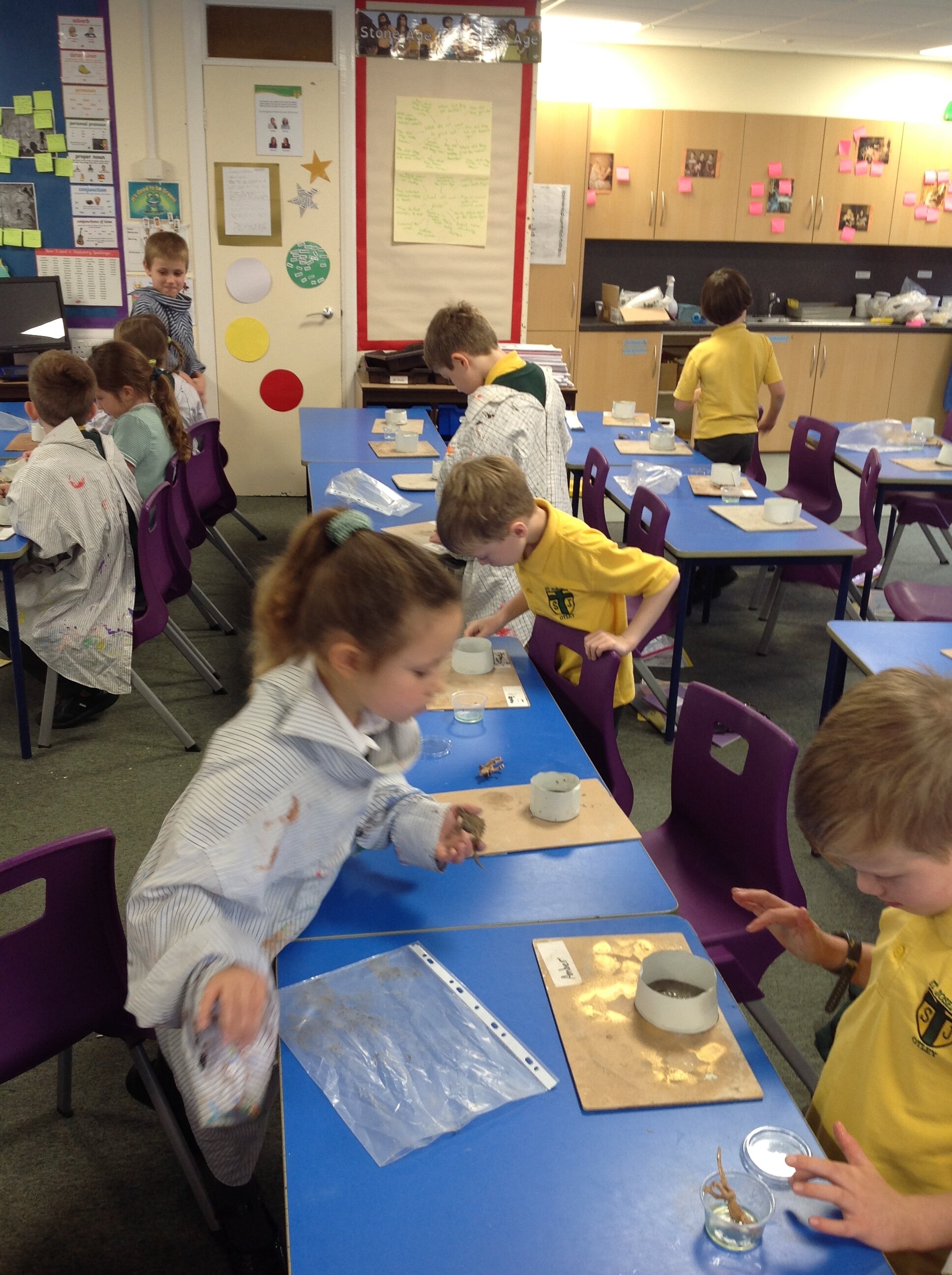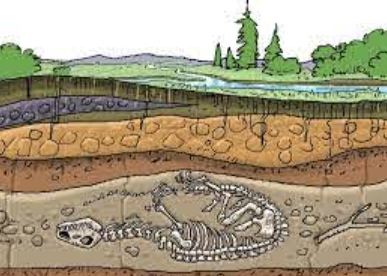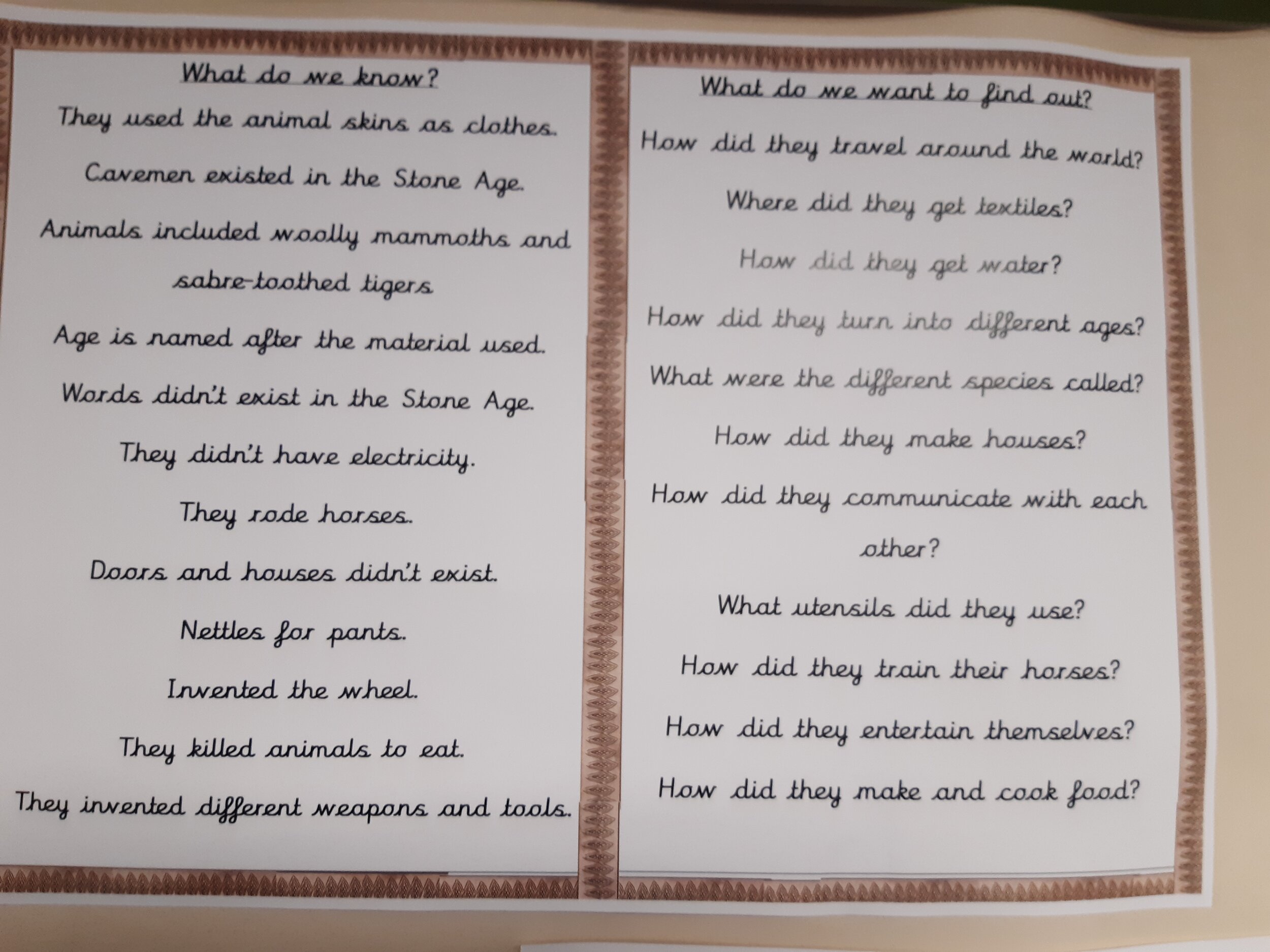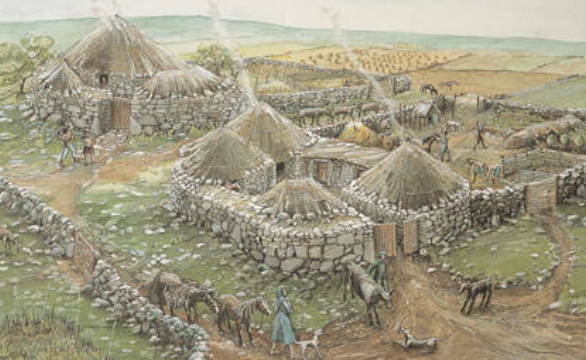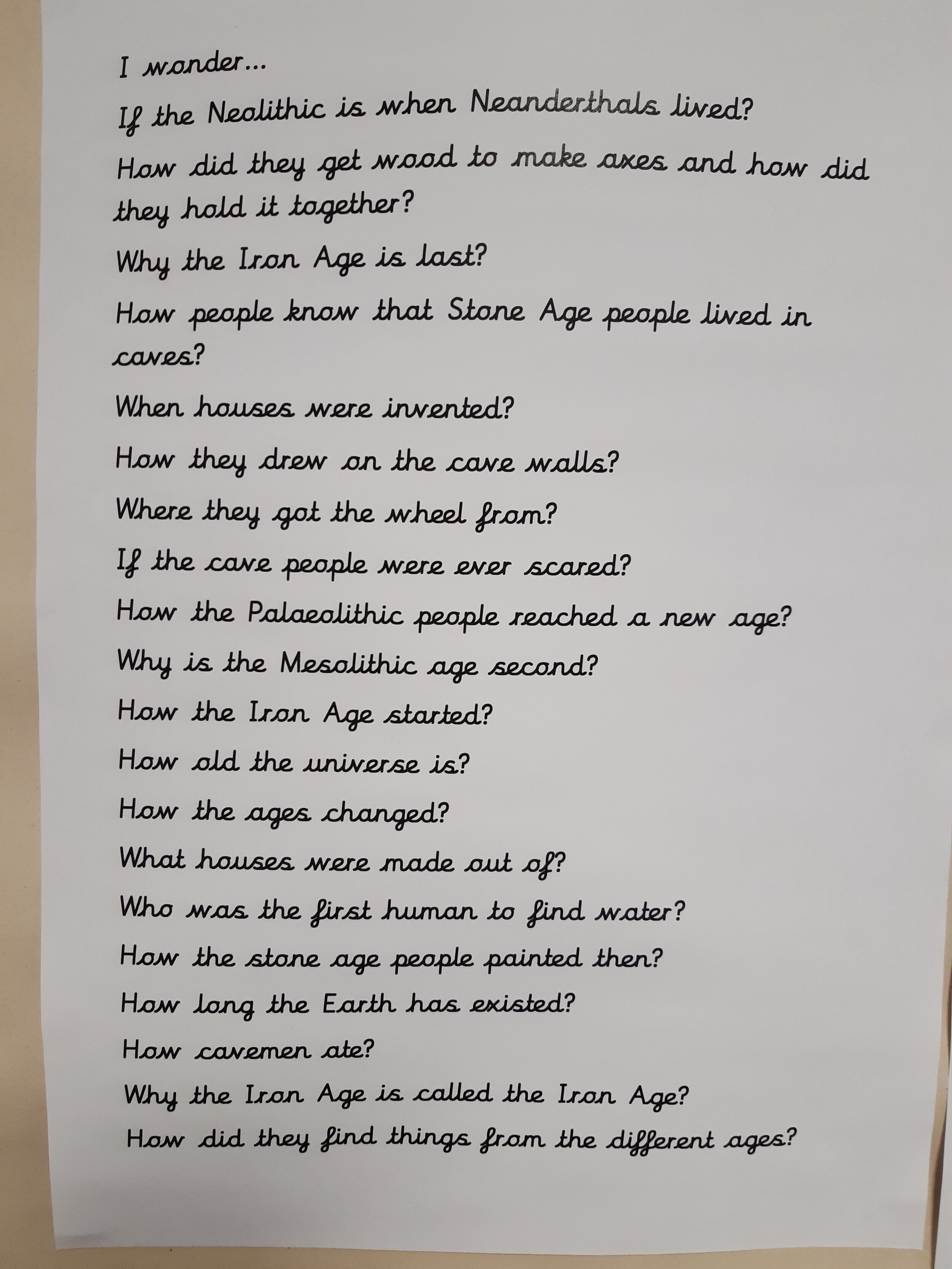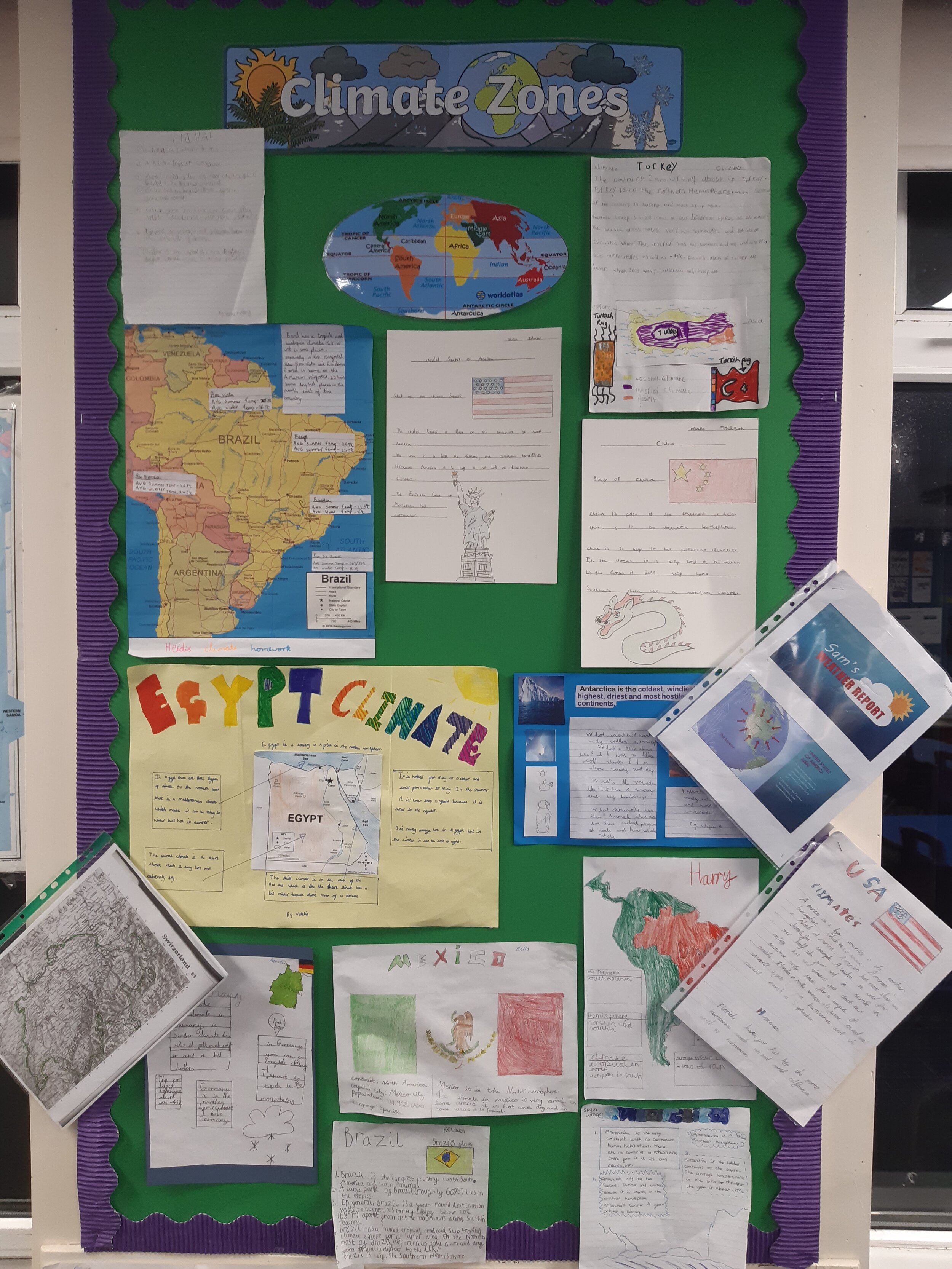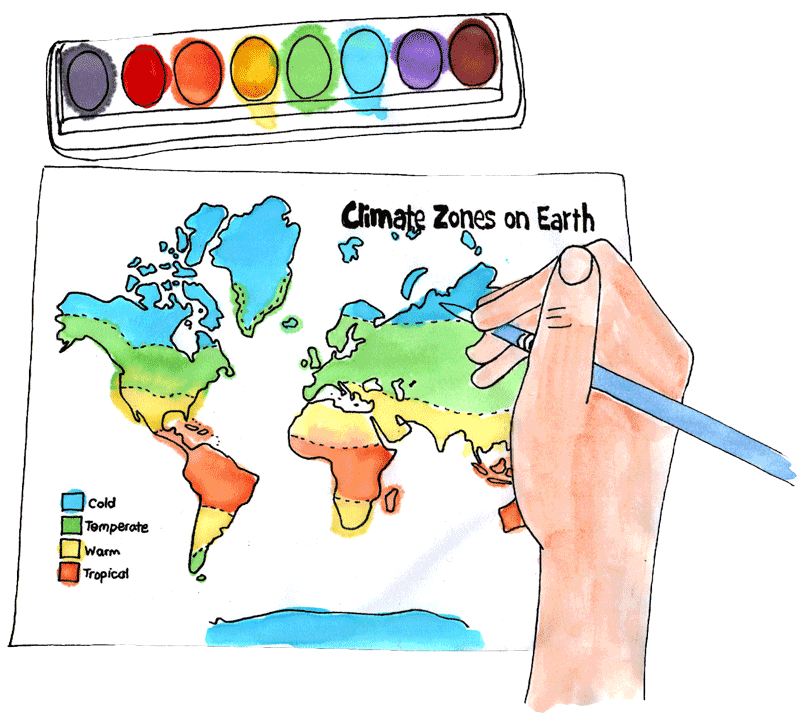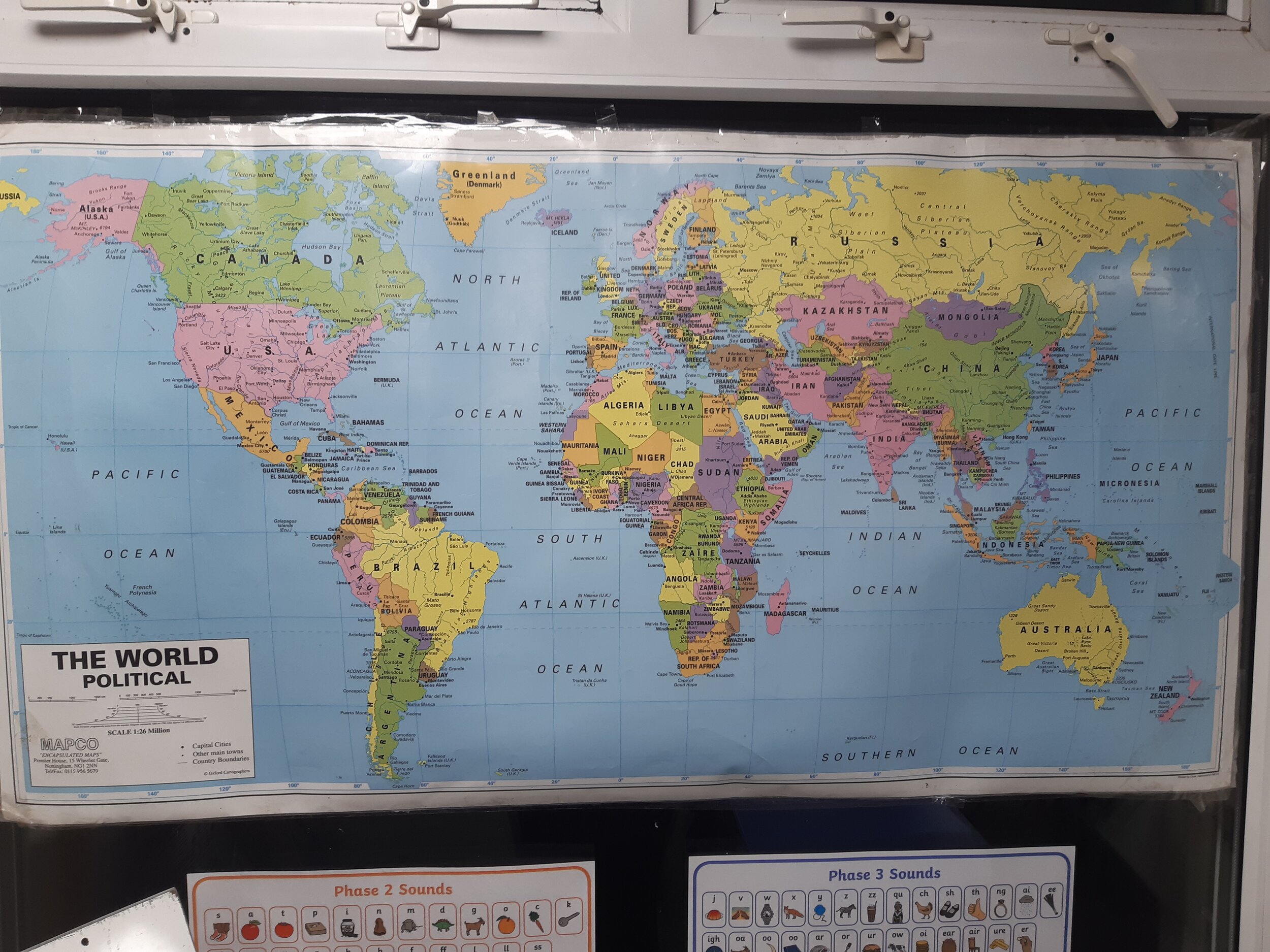Welcome to our Year 3 page 2020-21!
Year 3
In Year 3 we have 31 children who love to discover new information and ask questions that inspire our imaginations! We enjoy examining artefacts as archaeologists, reasoning as mathematicians, and using our creative skills as artists. We value all the talents our different members bring to the class, and show kindness and courtesy to everyone we meet.
Miss Armitage is our class teacher and our teaching assistant is Mrs Walsh.
Summer Term 1
RE
Our RE topic this half-term has been Celebrating Easter and Pentecost. We have focused on the significance of Holy Week to Christians and how we were given the Fruits of the Holy Spirit at Pentecost.
We retold the story of Easter Sunday and thought about religious and secular symbols for Easter. The children used natural materials in the school grounds to create their own Easter gardens, and enjoyed learning about the meaning of the Greek letters on the Paschal Candle. We thought about the disciples’ feelings and questions during the different events of Holy Week.
We learned the story of the Road to Emmaus and thought about the lesson that Jesus is always with us. The story of Doubting Thomas helped us to understand that doubts are a part of faith and that Jesus helps us through doubt and difficult times.
Mathematics
We finished our topic on Length and Perimeter and Fractions this half term, and started to look at the topic of Time. We learned about how to measure perimeter and used our knowledge to solve problems such as the perimeter of the pavilion in the grounds. In Fractions we looked at how to find fractions of an object and learned how to count in tenths. We also converted tenths to decimals and added another column to our place value chart. We used our knowledge of the numerator and denominator to find non-unit fractions of an amount, for example 2/3 of 30. We consolidated our knowledge of telling the time to quarter past, half past, quarter to and o’clock, and began to tell the time to 5 minutes and 1 minute. The children who regularly talk about the time at home found that this helped them with their work!
We are continuing to practise our times tables in class – our 2s, 3s, 4s, 5s, 8s and 10s. Remember that you should know multiplication and division facts for all of these times tables by the end of Year 3!
English
Our class text this half-term has been ‘Jim: A Cautionary Tale’ by Hilaire Belloc. We learned the poem by heart and talked about the rhyming pattern and how rhyming supports memorisation. The children created shadow puppets to recite the poem in their own puppet theatre. We had a discussion about consequences and the purpose of a cautionary poem.
The children planned their own poems in the style of Jim. Firstly, they thought about the structure of the poem as a narrative and created their main characters. They then made lists of relevant and irrelevant rhyming words to add into their poems. Finally, they went through lots and lots of drafts to create their own cautionary poems. We found out just how hard it is to make every line the correct number of syllables AND also tell a story through rhyming poetry at the same time!
Science
Our topic this half-term has been Light. We have learned about the properties of light, such as the fact that it always travels in a straight line. The children experimented with objects in boxes to show the movement of light. We also looked at how light is reflected by different materials, and the colours that reflect light best. We had a hunt for opaque, translucent and transparent objects around the classroom and explained the scientific vocabulary we had used. We learned about natural and artificial sources of light, and the danger of direct light from the Sun.
The children used their knowledge of light to create their shadow puppet theatre for their performance of Jim. They also used mirrors to investigate reflections and explain the process of seeing and how we see through reflections.
History
Our topic in History was Ancient Egypt. We learned about the agricultural achievements of the ancient Egyptians and felt lucky about the surviving tomb paintings that illustrate the lives of ancient Egyptian farmers.
We looked in depth at Ancient Egyptian society and how different skills were very valuable at that time. We had a debate about who was most important in Egyptian society and had some interesting points raised about slaves and servants, pharaohs, and scribes. We learned about the language of hieroglyphics and how it changed through time, as well as how hieroglyphs were eventually translated through the discovery of the Rosetta Stone. The children enjoyed creating their own coded messages by writing in hieroglyphics.
Spring Term 2
RE
Our RE topic this half-term has been Jesus the Teacher. We have focused on the life of Jesus and how the events of his early life showed his role as a teacher.
We learned about Jesus’ Presentation in the temple and linked Jewish beliefs and Christian beliefs about bringing a baby into God’s family. We also looked at the time that the child Jesus was lost in the Temple and talked about the emotions that Mary and Joseph might have felt.
We looked in depth at the role of John the Baptist in preparing the way for Jesus. We learned about John’s family, his life before he baptised Jesus, and how this had been prophesied by Isaiah.
We then focused on the teachings of Jesus and how he spread the Good News about the Kingdom of God. We learned the Parable of the Sower, and thought about the meaning behind the story. The children thought about what we need to do to be the ‘good soil’ that allows the Word of God to grow and flourish.
In Holy Week the children presented a Collective Worship for the Washing of the Feet. They acted out the Bible passage, and reflected on its meaning for us today. They also sang a beautiful rendition of ‘The Servant King’ which prompted tears from several parents.
Mathematics
We looked at Statistics, Money and Length and Perimeter in Mathematics this half-term. We looked at different ways of representing data, including bar charts and pictograms. The children used their statistics knowledge to create bar charts to show the class’ favourite Harry Potter book for World Book Day – we enjoyed discussing possible reasons for the data we collected.
In Money, the children consolidated their recognition of coins and notes and used this to add different amounts of money. We used the column methods we learned in Addition and Subtraction to add different amounts of pounds and pence, with a clear understanding of the value of the hundreds, tens and ones.
In Length and Perimeter we focused on measuring length. We looked at the metric system and the relative size of a millimetre, centimetre and metre. We found equivalent lengths and converted different measurements in order to add or subtract them.
We have now discussed and worked on the 3, 4 and 8 times table in class, as well as our 2s, 5s, and 10s. Remember that you should know multiplication and division facts for all of these times tables by the end of Year 3!
English
Our class text this half-term has been ‘Cinderella of the Nile’ by Beverley Naidoo. We have thought a lot about different versions of fairy tales, and why fairy tales are present in the literary tradition of lots of different cultures. We also looked at the morals of Aesop’s fables – this helped us understand the purpose of Jesus’ parables in RE!
The children wrote letters in character as Rhodopis, a diary entry detailing her arrival in Naukratis, and analysed the structure of the tale in comparison to Cinderella. They then planned their own fairy tale in the style of Cinderella, thinking in detail about their own main character descriptions and how this would affect the story. Finally they published their drafts in word processor apps.
Science
Our topic this half-term has been Animals Including Humans. We learned about vertebrates and invertebrates and sorted animals into groups. We also learned about different types of skeletons, and were very interested in hydrostatic skeletons and the animals that have them!
We had Science Week this half-term, and focused on diet and nutrition in our lessons. The children performed lots of different experiments including: testing the pH of different foods with red cabbage extract; burning food to measure the calories contained in different foods; testing foods on brown paper bags to measure the resulting grease stain and fat they contained; and using iodine to test for starch in different foods. They used all of their knowledge of nutrients to plan a 4-course meal for ‘The Great St Joseph’s Menu” which was then judged by Miss Choma.
We also looked at the significance of Dr Dame Harriette Chick, the first woman to be accepted to work at the Lister Institute in London. Dr Chick’s work on nutrient deficiencies helped children and soldiers after WWI, and we discussed how her work shows the importance of consuming the right nutrients.
History
Our topic in History was Ancient Egypt. We began by looking at ancient civilisations including Ancient Sumer, the Indus Valley and the Shang Dynasty. We thought about what made these historical periods civilisations, and what they had in common. We looked at the chronology of the UK alongside Ancient Egypt, and thought about why they developed differently. We were interested in how long the civilisation survived, and learned that it ended when the Romans conquered Egypt. We also learned that lots of different dynasties ruled Egypt, and thought about why the ruling families changed.
Spring Term 1
RE
Our RE topic this half-term has been Reconciliation, in order for the children to prepare for their first Sacrament of Reconciliation. We have had beautiful books to work through – ‘Heart Speaks to Heart’ and ‘The Marvellous Adventures of Max and Droogo’. Every week, we have discussed virtues that we should try to live out – thankfulness; honesty and bravery; reflection; friendship and respect; and love and forgiveness. We have read Bible stories that show these virtues in the Old and New Testaments, and also learned about what happens during reconciliation.
We have had lots of time for reflection on God’s forgiveness, and how we can follow His example. We have learned about the Ten Commandments and what it means to sin, and that contrition for our sins allows God to forgive us.
Mathematics
We have been focusing on Multiplication and Division this half-term. We have consolidated our knowledge of the 2, 3, 4, 5, 8 and 10 times tables, and practised multiplication and division using these factors. We then moved on to multiplying 2-digit numbers by these factors, and used the formal column method and our previous understanding of exchange to help us solve them. We enjoyed using arrays to aid multiplication and division, and used different methods to represent our problems.
Our times tables have been invaluable in helping solve these problems – remember to keep practising!
English
Our class text this half-term has been ‘Cloud Tea Monkeys’ by Mal Peet and Elspeth Graham. We have learned a lot about tea plantations and the lives of tea workers under Queen Victoria’s reign and in the modern day. We researched the Fair Trade Organisation and what the Fair Trade Premium can be used for on tea plantations. We also learned about different varieties of tea and how it is enjoyed around the world. Our final piece of writing for this topic was a non-chronological report all about tea!
We then used this knowledge to design our own tea flavour and packaging for our DT topic. The children wrote recipes and adverts to accompany their prototype.
Science
Our topic this half-term has been Forces and Magnets. We began by learning the definition of a force and defining different forces as pushes or pulls. We learned about friction and how it acts on objects and slows them down.
We then focused on magnets and their properties. We used magnets to sort magnetic and non-magnetic materials, and were surprised to learn that not all metals are magnetic. We used iron filings to see the magnetic poles and showed that north poles and south poles can repel and attract other poles. We performed an experiment to show the magnetic force produced by different magnets, and created a bar chart to show which magnet had the strongest force.
Geography
Our topic in Geography this half-term was North America. We learned about all the countries that make up North America, and consolidated our knowledge of continents and countries. We then looked at the physical geography of North America, including the Rocky Mountains. We looked in depth at the eruption of Mount St Helens in 1980, and thought about the long-term effects of a volcanic eruption on the local environment.
Finally, we compared the state of New York with Yorkshire. We thought about physical and human geography we had in common, and then the differences between the two places. It was very interesting to think that areas thousands of miles apart can have so many similarities!
Autumn Term 2
RE
Our RE topic this half-term has been Mary, the Mother of God. We have looked in depth at the stories of the Annunciation and the Visitation, and begun to find Bible passages ourselves using the book, chapter and verse reference. We have learned about Mary’s role as Queen of Heaven, and analysed the language and meaning of the ‘Hail Mary’. The children used this knowledge to design and paint a triptych depicting the three most significant events in Mary’s life – the Annunciation, the Visitation, and the Nativity.
The children have also begun to lead their own Collective Worships on a Thursday. We have had some fantastic readings and thought-provoking responses to the Word so far.
Mathematics
We have been focusing on Addition and Subtraction this half-term. We have used a lot of our prior knowledge of place value and addition of 1- and 2-digit numbers to help us spot patterns and partition 3-digit numbers to aid our sums.
We have learned the formal column method for adding and subtracting 3-digit numbers, and are now aware of exchange in addition and subtraction. We have enjoyed using place value counters to really visualise what happens in an exchange.
We have also learned our 3, 4 and 8 times tables. We will now be developing our fluency and accuracy in all of the times tables we have learned so far. Remember to keep practising!
English
Our class text this half-term has been ‘The Tear Thief’ by Carol Ann Duffy. We admired the poetic vocabulary Duffy used throughout the book, and have really worked on our descriptive language and phrases. We have used similes and metaphors to describe tears and jewels, and written a character description of the Tear Thief. The children wrote their own poem in the style of ‘Meeting Midnight’ by Carol Ann Duffy, using the information from the Tear Thief. We have also written letters to the Tear Thief and to other children explaining the importance and uses of tears.
Science
We have continued to look at the topic of Rocks in our Science lessons. Following on from our work on fossilisation, we looked at the significance of the work of Mary Anning. We found out about the contributions she made to the Natural History Museum and her discovery of the plesiosaur fossil. We then looked at the formation of soil. We experimented with the permeability of different soils and also created our own compost bins to see how the components of soil break down.
History
Our topic has continued to be the Stone Age to the Iron Age. We looked at different artefacts from each age (the Paleolithic, Mesolithic, Neolithic, Bronze and Iron ages) and thought about what it told us about humans’ lives at each stage. We traced the development of tools and metal work through the ages.
We also looked in depth at the settlement of Skara Brae. We used different sources such as archaeological maps and artefacts to draw conclusions about the settlement. Our final piece was a short essay answering the enquiry ‘Was Skara Brae a significant settlement?’ We have really developed our history skills in this topic!
Geography
We have continued to study Climates in Geography. We analysed graphs and tables from different cities in different climate zones to compare the temperature and precipitation levels throughout the year. We looked at the weather patterns in a specific climate zone and how they change over the year.
Our final piece of work was a weather report for a city or country in a specific climate zone. The children thought about what the weather would be like at a certain time of year and how it would change during the day, and included specific vocabulary from our topic. They filmed their weather reports and then marked the content themselves.
Autumn Term 1
RE
This half term, we have been thinking about the Christian Family. We started by discussing what the word ‘family’ means, and thought about all the different groups and families we belong to. We learnt about the Catholic family, and some of the important people within it such as Pope Francis and Bishop Marcus. We learned about the importance of the Sacrament of Baptism in bringing people into God’s family, and the signs and symbols used when a baby is baptised. Finally, we reflected on why baptism is important, and why Catholics choose to have their babies baptised
Mathematics
We started this half-term by focusing on Place Value. We used different concrete resources including base 10 and place value counters to consolidate our knowledge of 2-digit numbers and 3-digit numbers. We used the number line to count to 1000, and found patterns in different ways of counting. We thought about the inequality symbols and what they mean, and found lots of different ways to compare numbers within 1000. We also thought about the importance of using the correct vocabulary to describe numbers.
We absolutely love practising our times tables in class, and have focused on consolidating our knowledge of the 2s, 5s, and 10s. It is amazing to see how speedy we can get when we practise often!
English
In English we have been inspired by the story of ‘The First Drawing’ by Mordicai Gerstein. We thought about what it must have been like to be the very first human to draw a picture. We analysed the language of the book and found things like fronted adverbials and inverted commas around direct speech, which we started to incorporate into our own writing. We wrote diary entries from the perspective of a Stone Age boy, and tried to develop our descriptive language. Finally, we created our own historical narratives set in the Stone Age and used laptops and tablets to type up our final drafts.
We also looked at the story ‘Stig of the Dump’ in guided reading. We thought about the specific skills we need to find information when reading, and were introduced to the Totally Pawsome Reading Gang!
Reading at home
If you are struggling to think of some questions to ask your child about the book they are reading, then please refer to the handing help sheet below.
Science
Our topic in Science this term is Rocks, and we began by examining and comparing different rocks and describing their properties. We learned about metamorphic, sedimentary and igneous rocks and how they are formed. We performed a series of experiments on different types of rocks to test their durability and permeability, and made conclusions using our findings. We then looked at the fossilisation process, and how the fossils we have today were formed by layers of sedimentary rock. We had a go at creating our own fossils in order to illustrate the process.
History
Our focus in history this term is the development from the Stone Age to the Iron Age. We began by thinking about what we already know about this time period, and what we would like to learn about. We were then introduced to 5 specific time periods - the Palaeolithic, Mesolithic, Neolithic, Bronze and Iron Age - and discussed the meanings behind their names and chronology. We looked at the scale of each historical period and discussed what this might mean. We then looked at developments and achievements from each age and thought about what this would have meant for humans at that time.
Geography
We have been studying climate zones in Geography this term. We learned about the 5 lines of latitude on an atlas, and how a country’s latitude can affect its climate. We thought about the position of different countries, and how the hemisphere they are in can mean they get different levels of sunlight depending on the season. We looked at the different climate zones that exist on Earth, and compared the climate of the United Kingdom with other countries such as Australia and Brazil. We created presentations at home to explain the climate of a specific country.

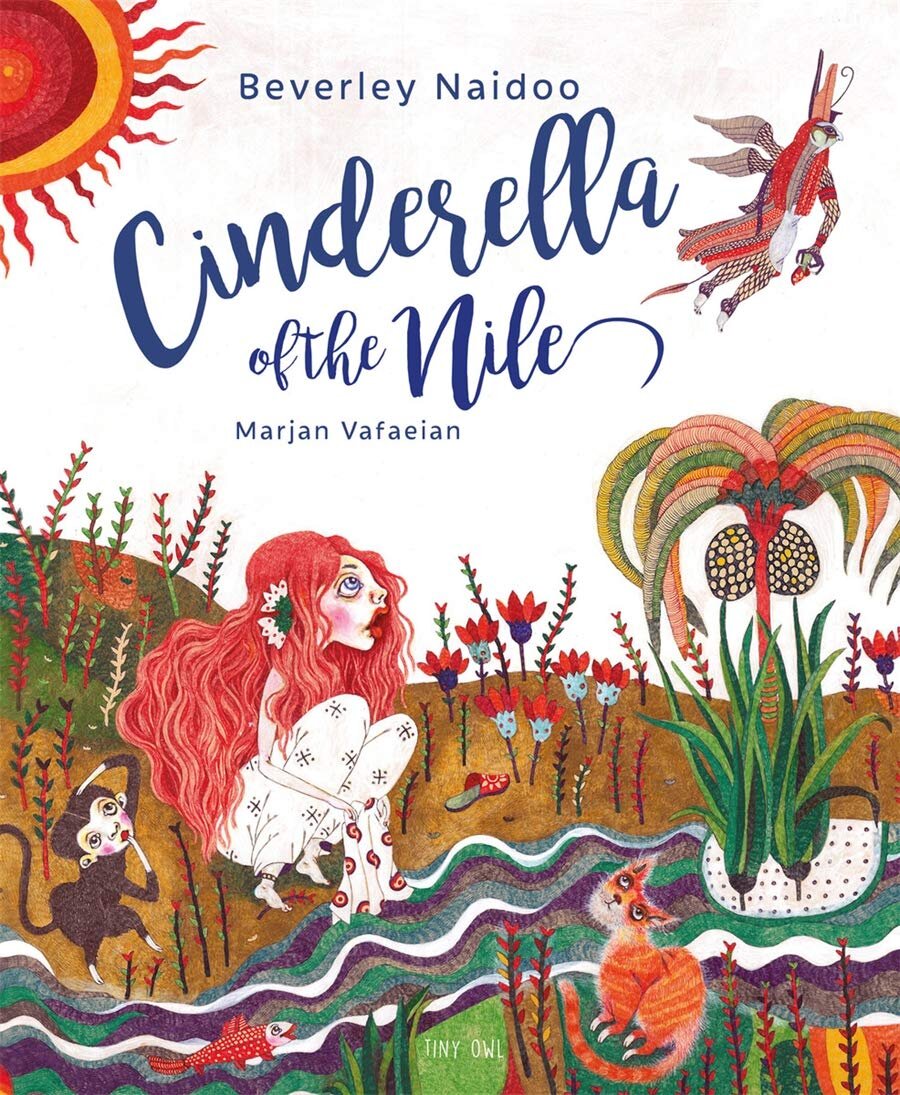
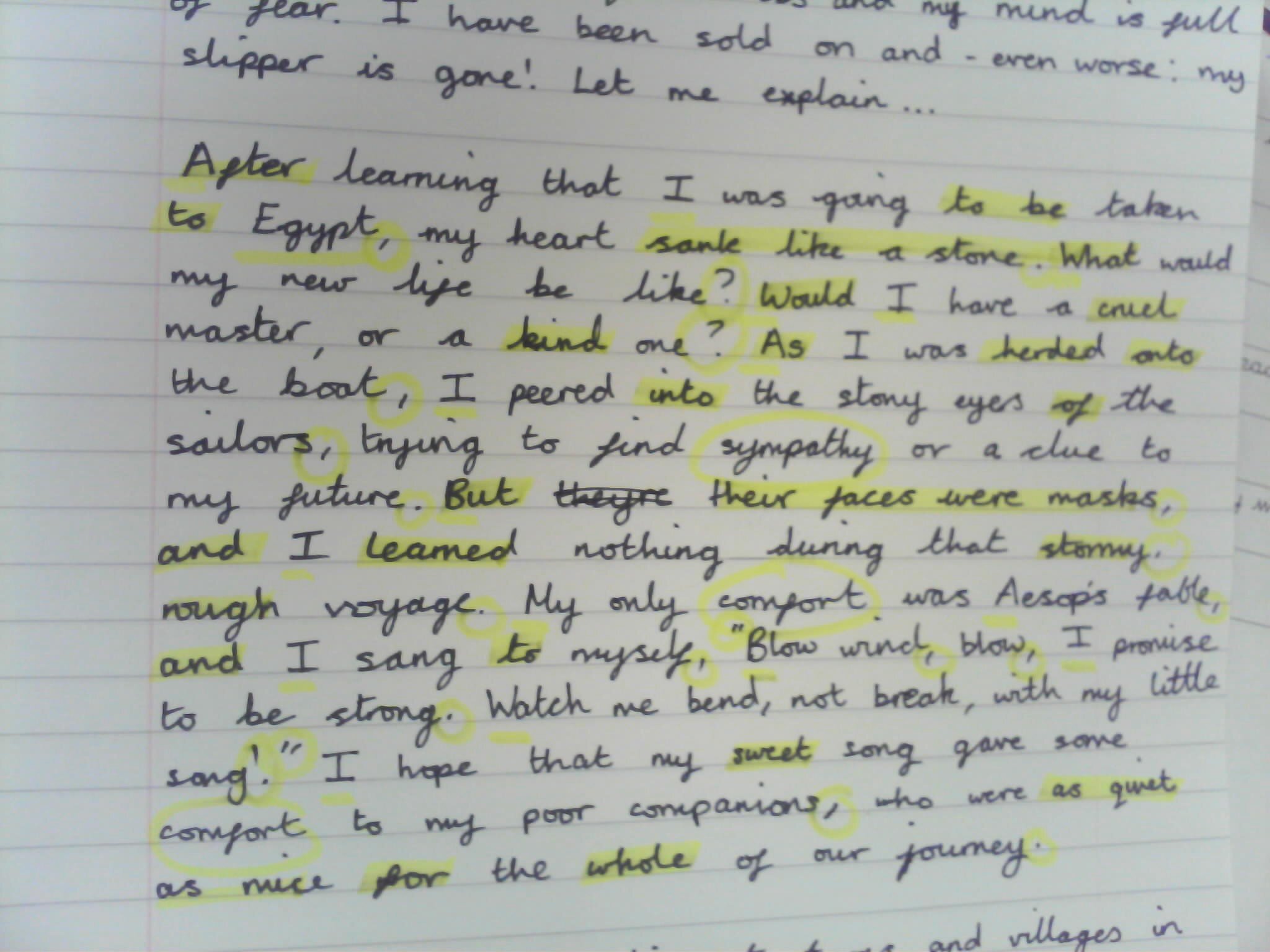
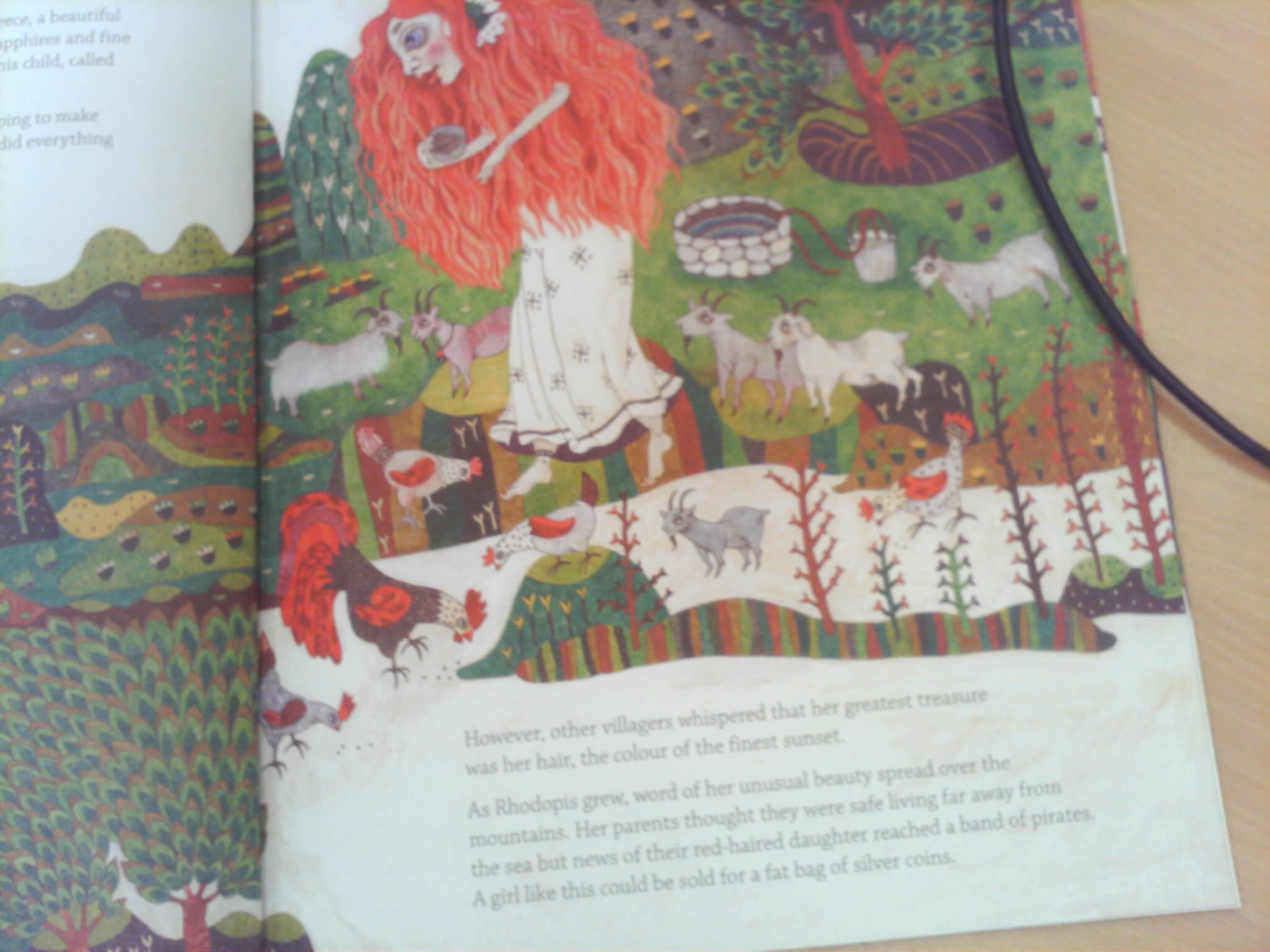


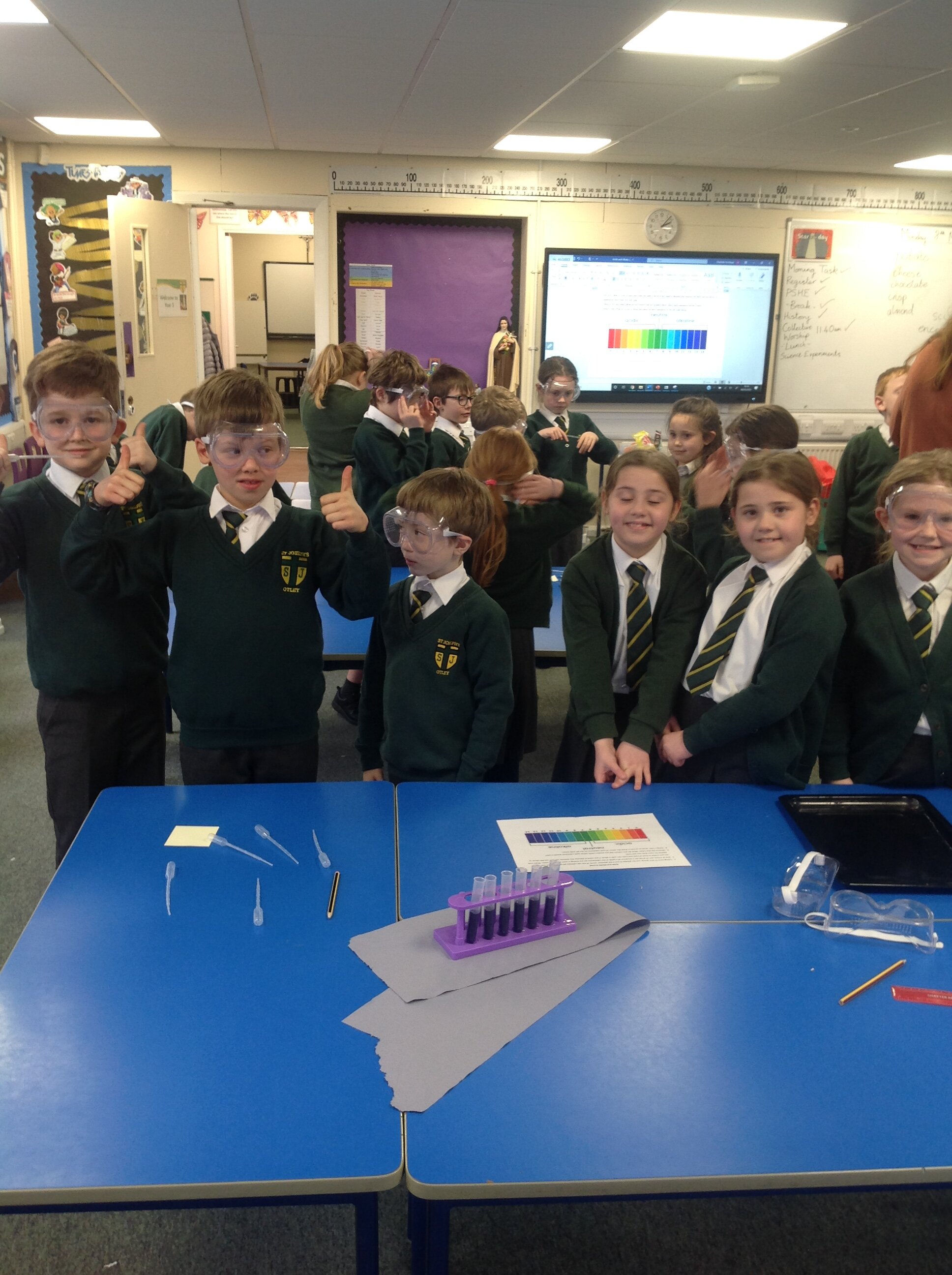
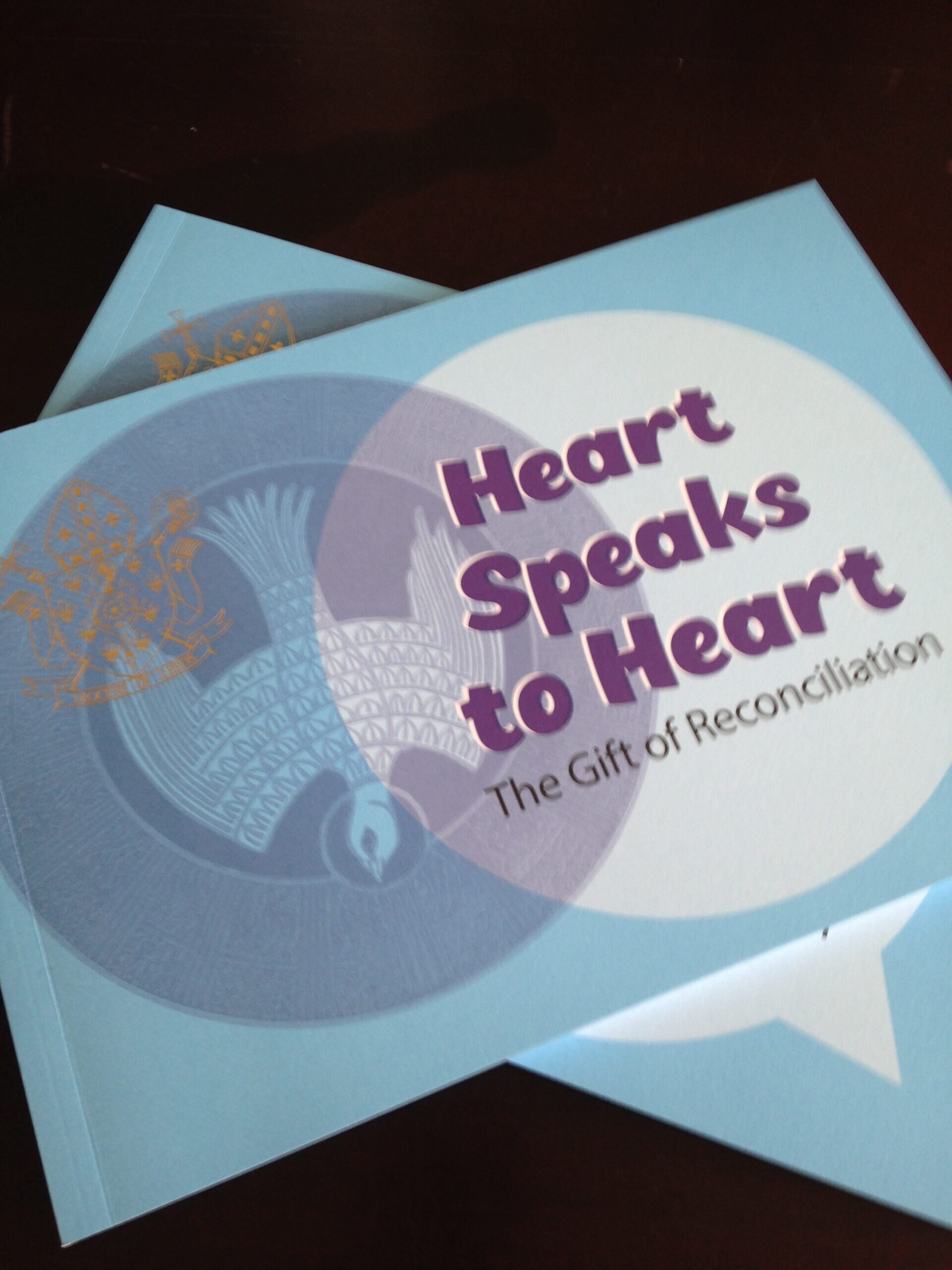
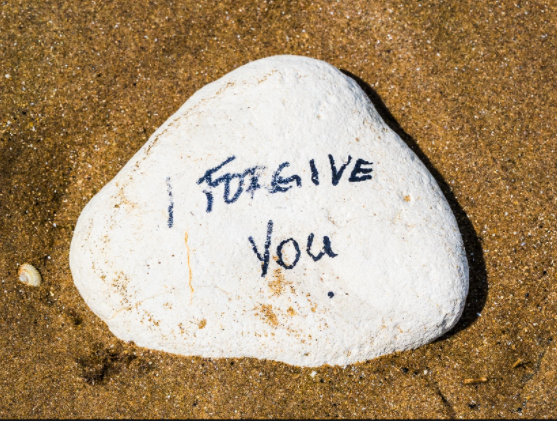
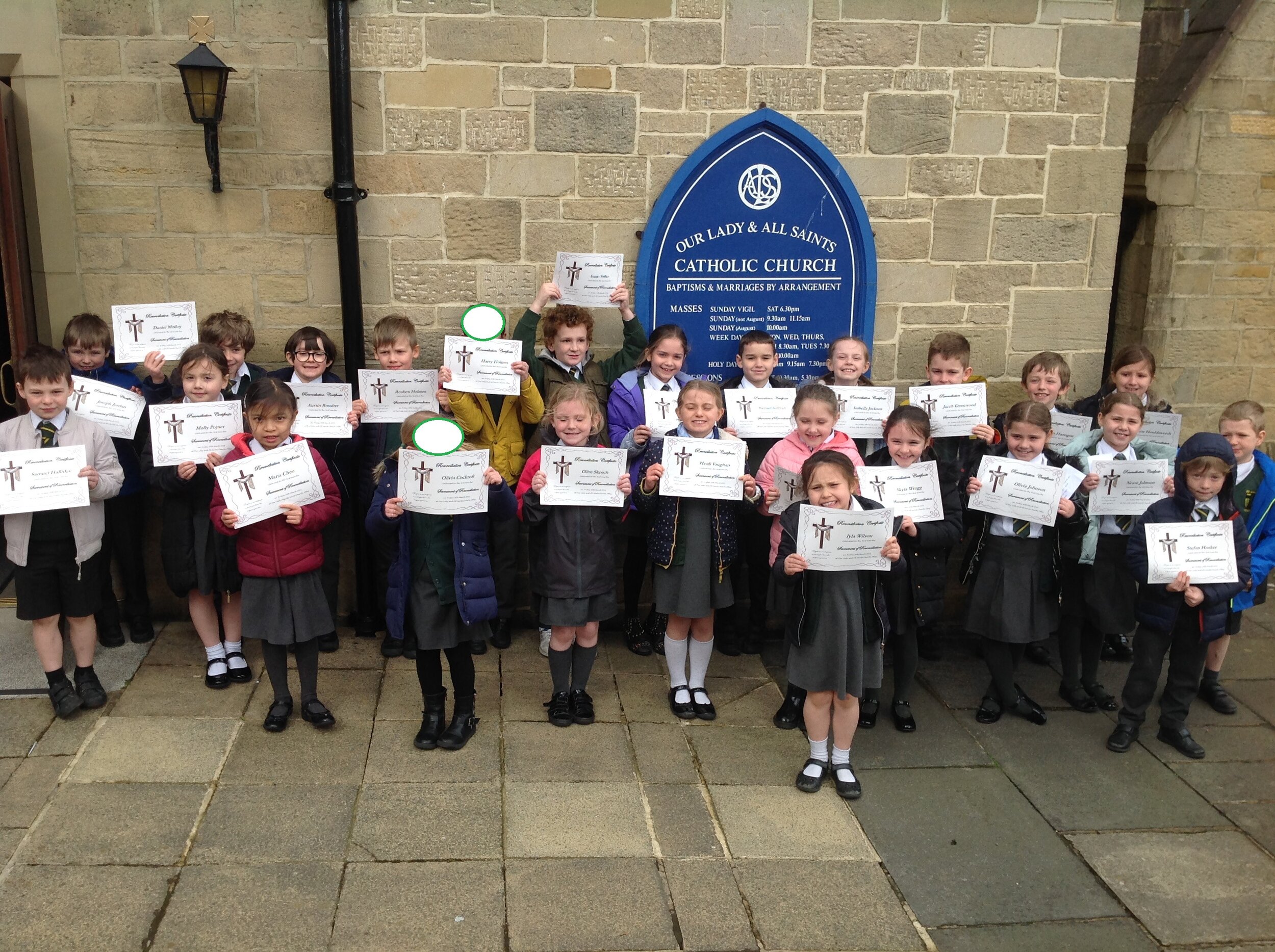
![IMG_0960[1].JPG](https://images.squarespace-cdn.com/content/v1/5681b8cf2399a38430c084f4/1620900753740-R4VTCFD0ICL124CC6JHB/IMG_0960%5B1%5D.JPG)
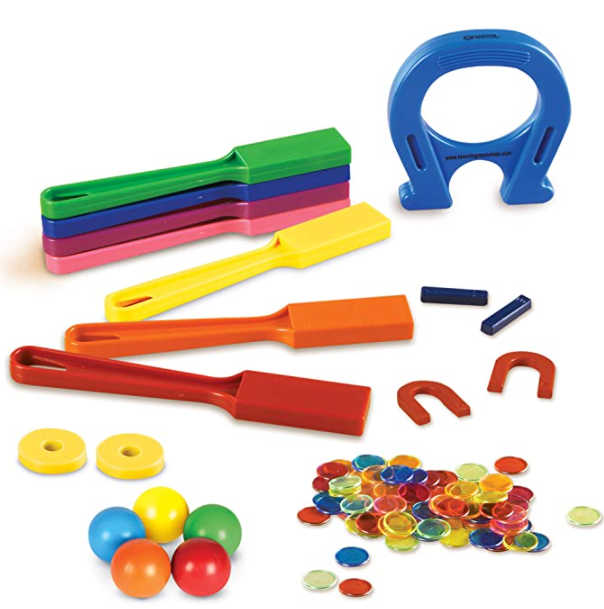
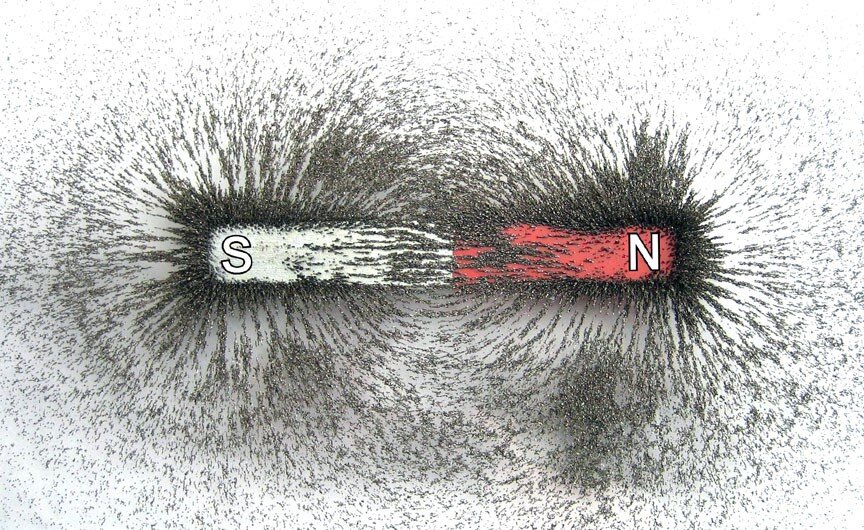
![IMG_1323[1].JPG](https://images.squarespace-cdn.com/content/v1/5681b8cf2399a38430c084f4/1605286475346-IGI0KL88ONTG1QNLZJ9O/IMG_1323%5B1%5D.JPG)
![IMG_1325[1].JPG](https://images.squarespace-cdn.com/content/v1/5681b8cf2399a38430c084f4/1605286498644-FUCWNHT8H03L8WORER95/IMG_1325%5B1%5D.JPG)
![IMG_1324[1].JPG](https://images.squarespace-cdn.com/content/v1/5681b8cf2399a38430c084f4/1605286517265-MQ66LQ5IWT81SFBTVWZF/IMG_1324%5B1%5D.JPG)
![IMG_1326[1].JPG](https://images.squarespace-cdn.com/content/v1/5681b8cf2399a38430c084f4/1605287669976-XTQP2H9TPJUSIRX8N5AI/IMG_1326%5B1%5D.JPG)
